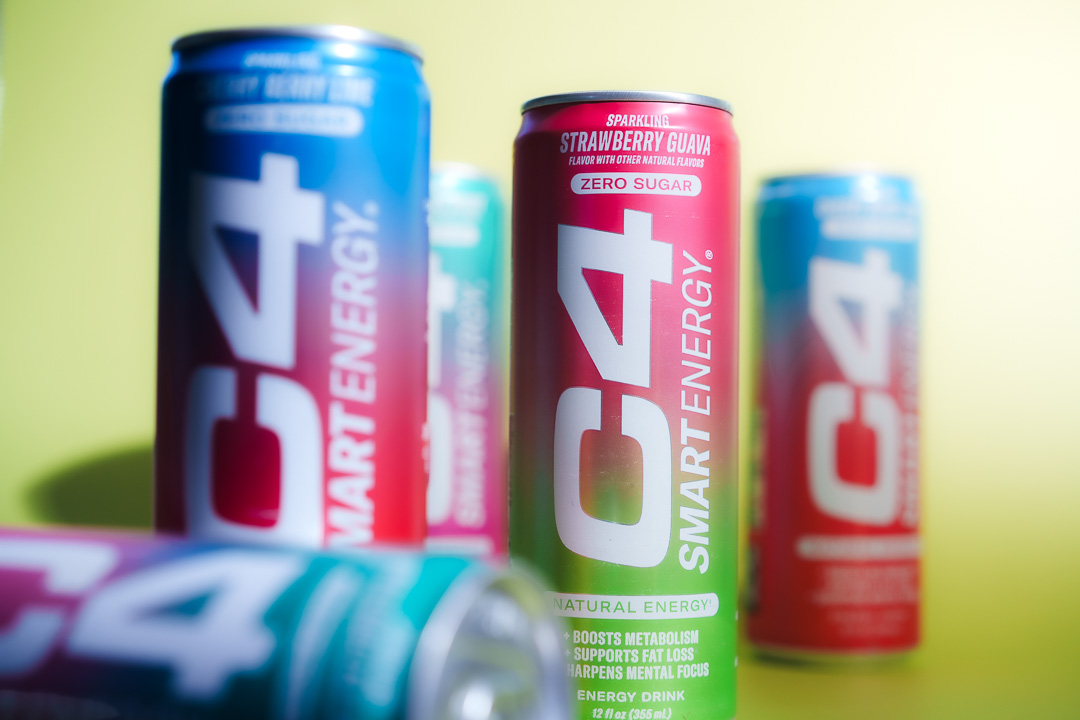If you’ve ever looked at a brand’s photos and thought, “Ugh, I love this. I feel like I know them already,” – that didn’t happen by accident. It wasn’t just good lighting or a pretty product, it was intentional composition on the part of the photographer.
Brand photography isn’t just about having “nice” images. It’s about creating a visual experience that helps people connect with your business at first glance. Before your audience reads a word of your caption or even scrolls past the first image, your images need to be ingrained in their mind. And just like a well-written story has different chapters and tones, your brand photos should include a mix of visual angles and compositions that work together to tell your story.
So it’s time to spice up your brand image gallery, because one basic product image isn’t going to cut it anymore. You need to create multiple compositions to really tell your brands full story.
To build a strong brand presence, you need to strategically capture variety in your images. Each type of image serves a specific purpose, taps into a different psychological trigger, and helps convert viewers into fans (and fans into buyers). And what is one way to do this? Shoot in a variety of compositions to help tell your story.
So let’s break down five of the most powerful – and most common – brand photography compositions that every business should have in their visual toolkit. Whether you’re the face of your brand or selling a product, these shot types work to help tell your brand’s story visually.
1. The Hero Shot
The “center-stage” image that says: “This is me!”
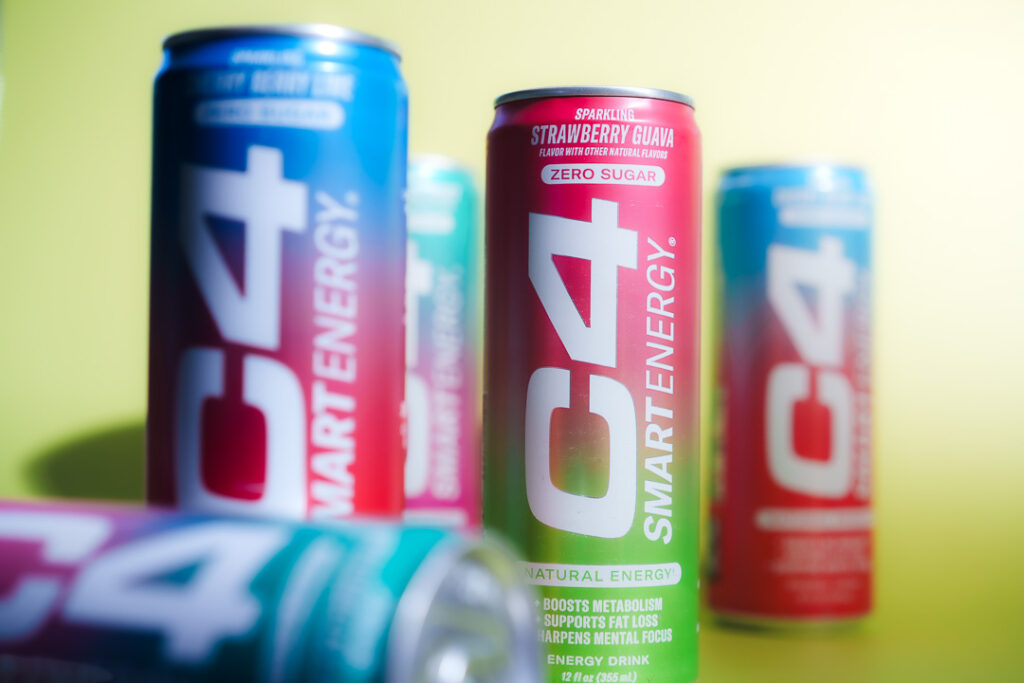
What it is:
The hero shot is the main attraction of compositions. It’s typically a clean, bold image where the subject is clearly the focus. That could be either you, your product, or your signature service. These are usually polished, well-lit, and intentional. Often, the image will have some breathing room around the subject so it feels clear and elevated.
Why it’s important:
This is one of the most important shots in brand photography. It’s your first impression shot. It shows up on your homepage, press kit, profile pic, business card, or even in your audience’s mental image of your brand. It says, “Here’s who we are and what we do – confidently.” If you want to learn even more about the hero shot, you should check out this post.
The psychology behind it:
We’re wired to make snap judgments. Within milliseconds of seeing a photo, our brains decide whether something is professional, credible, or appealing. Hero shots create a sense of trust, polish, and pride – all with powerful visuals that don’t have to say a word.
Pro Tip:
Use symmetry, leading lines, or intentional lighting to draw the eye straight to the subject. This is where you want your confidence to shine.
2. Over-the-Shoulder Shot
The “sneak peek” image that invites people behind the scenes.
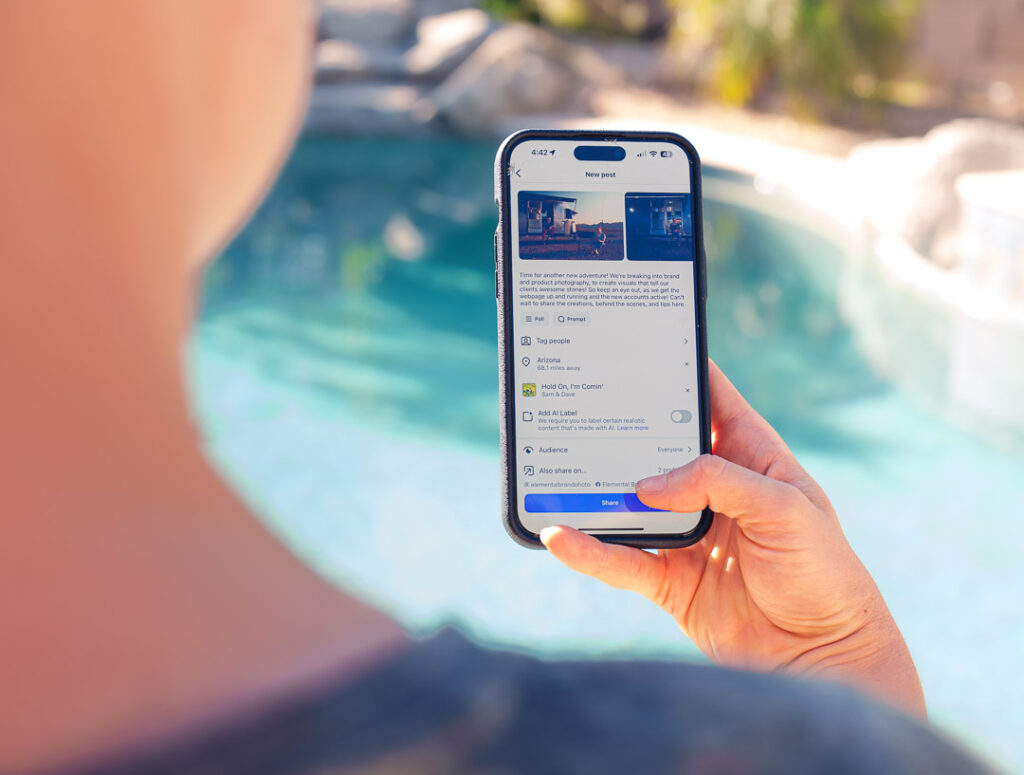
What it is:
An over-the-shoulder (OTS) shot gives the viewer a point-of-view perspective — like they’re peeking over your shoulder while you work, write, design, build, or help a client. Think of it as the ultimate behind-the-scenes composition.
Why it’s important:
This shot builds transparency. It shows that you’re real, hands-on, and approachable. It’s not about perfection, but rather it’s about presence.
The psychology behind it:
We trust what we understand. When you show people your process (even a tiny part), they feel more involved and connected. It shows your audience that you’re not just a brand, but a human that’s working hard behind the scenes to make the brand what it is.
Pro Tip:
Capture real moments in action. Whether it’s typing on your laptop, sketching ideas, adjusting a setup, or making your product, or any other real moment in the process of doing what you do – setup your camera to get some over the shoulder shots. Don’t worry if it’s not “perfect.” These are the moments that build relatability – and those moments aren’t always (in fact, they may seldom be) perfect.
3. Lifestyle / In-Use Shots
The “real life” image that helps people picture themselves with your product or service.
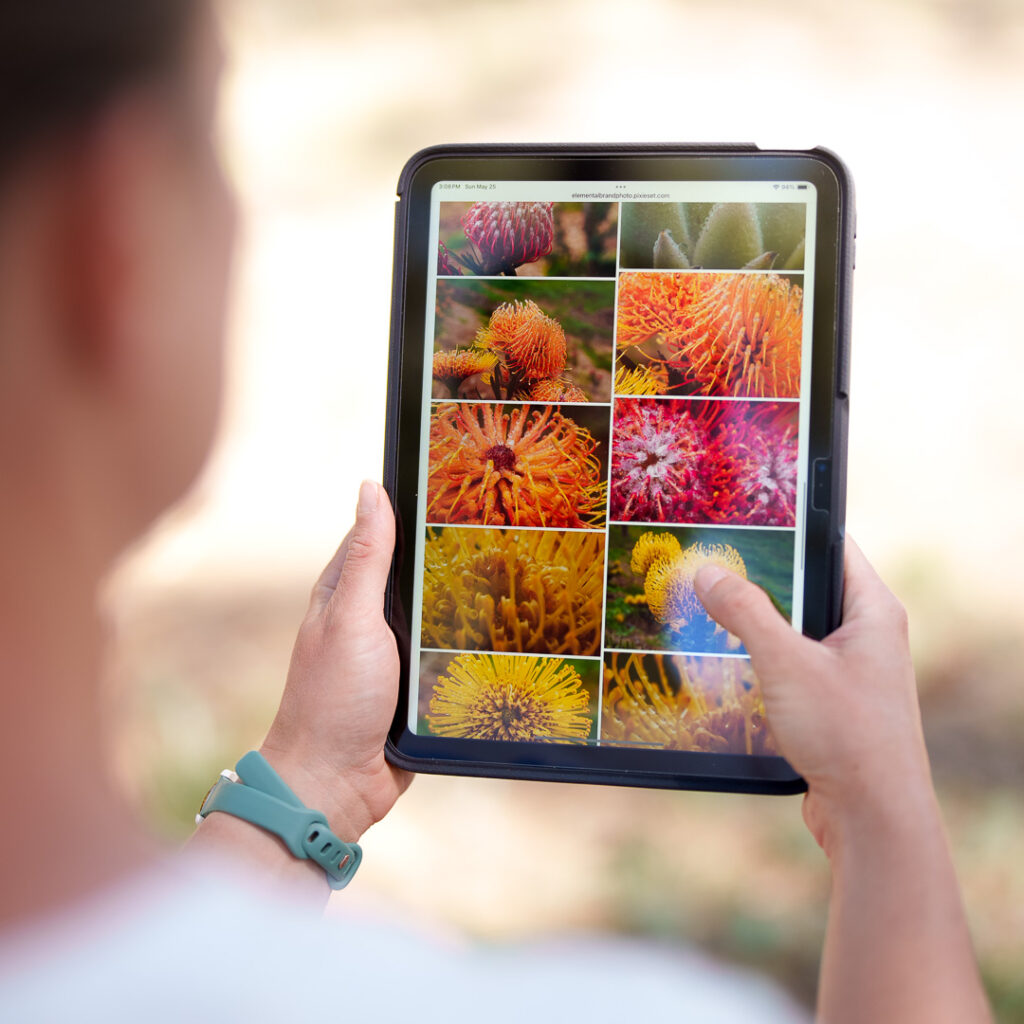
What it is:
Lifestyle shots show your product, service, or brand being used in the context of daily life. Instead of placing your item on a white background, you’re showing it in action. That could be your product being worn, touched, applied, interacted with, or experienced.
Why it’s important:
People need to see themselves using your product or hiring your service. Lifestyle shots make it easier for them to visualize how your brand fits into their world.
The psychology behind it:
We don’t buy products. We buy transformation, identity, and ease. Lifestyle imagery taps into aspiration – the idea that life with your brand looks better, feels better, and gets easier.
Pro Tip:
Don’t over-stage it. The more natural and authentic the scene, the more believable and engaging the shot. Think cozy moments, real hands, soft textures, smiles that aren’t forced.
4. Wide Environmental Shots
The “context” image that gives your audience a feel for your vibe.
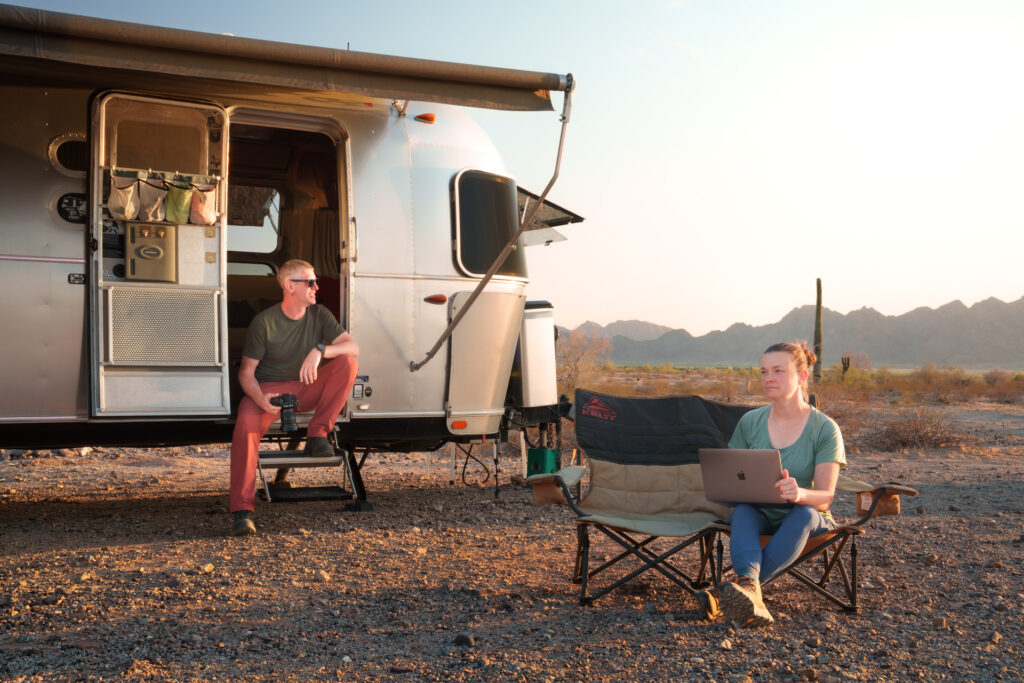
What it is:
These compositions are wide-angle photos that include your surroundings. This could be your studio, office, boutique, kitchen, workshop, or an outdoor space you use. You (or your product) may still be in the shot, but the emphasis is on the space around it.
Why it’s important:
Environmental shots give your audience a sense of place – and that place tells them something about your brand. Are you high-end and editorial? Cozy and down-to-earth? Vibrant and bold?
The psychology behind it:
Your environment adds to your story. It says, “This is where the magic happens.” It shows professionalism without having to state it outright. It creates trust that your business is established and real.
Pro Tip:
Look for balance and light. Use natural lighting when possible, and tidy your space (or use a curated location) to match your brand aesthetic.
Bonus: these shots are great for website banners or backgrounds with copy overlays.
5. Close-Up / Detail Shots
The “show them you care” image that highlights quality and craftsmanship.
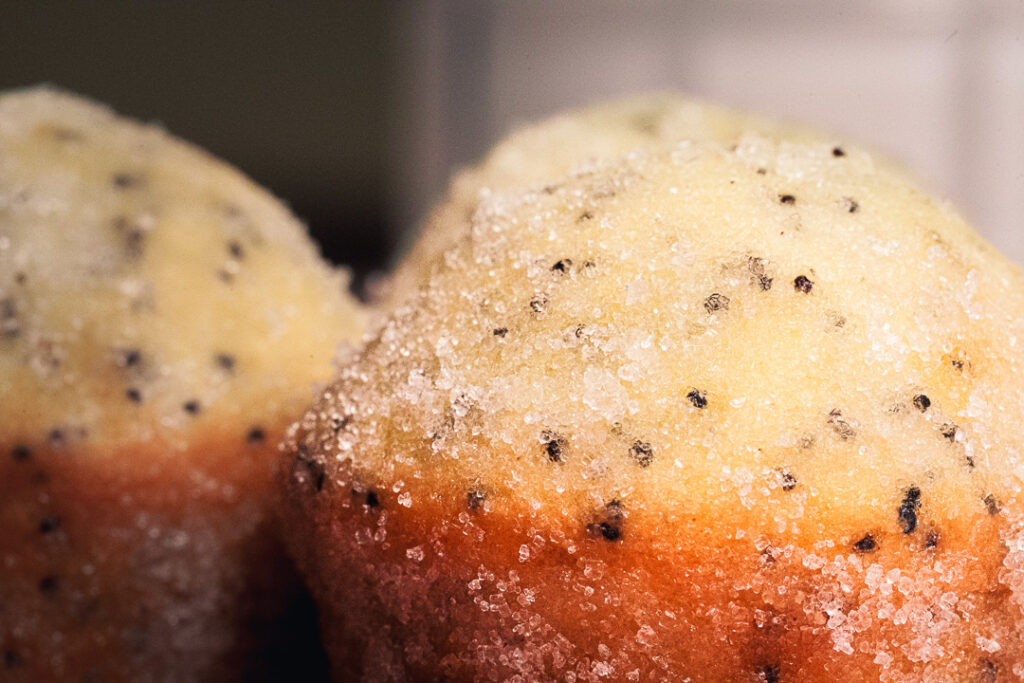
What it is:
These compositions are tight shots that focus on textures, tools, movement, or intricate details. It could be stitching, packaging, hands in motion, or the shine on a finished piece.
Why it’s important:
Detail shots communicate care. They show your audience that you pay attention, take pride in your work, and offer something of quality – down to the last thread or brushstroke.
The psychology behind it:
When someone is on the fence about buying or hiring, details seal the deal. Close-ups give their brain the proof it’s looking for. They turn “This looks nice” into “Wow, they really know their stuff.”
Pro Tip:
Think touch, texture, and tools. These shots don’t need faces – they need feeling. Use shallow depth of field to make details pop and create visual intimacy.
Final Thoughts: Vary Your Compositions, Your Brand Deserves More Than One Angle
When you invest in brand photography, you’re investing in how people see and feel about your business. Each of these compositions brings something unique to the table. Together, they create a layered, compelling story that builds trust and engagement.
A single headshot says, “Here I am.” But a full suite of strategic compositions says, “Here’s who I am, what I do, how I do it, and why it matters.”
And that’s the kind of visual story that builds trust and gets remembered – and shared.
Want imagery that actually works for your business — not just pretty pictures?
Let’s plan a shoot that tells your story in all the right angles. Schedule your complimentary consultation today!
